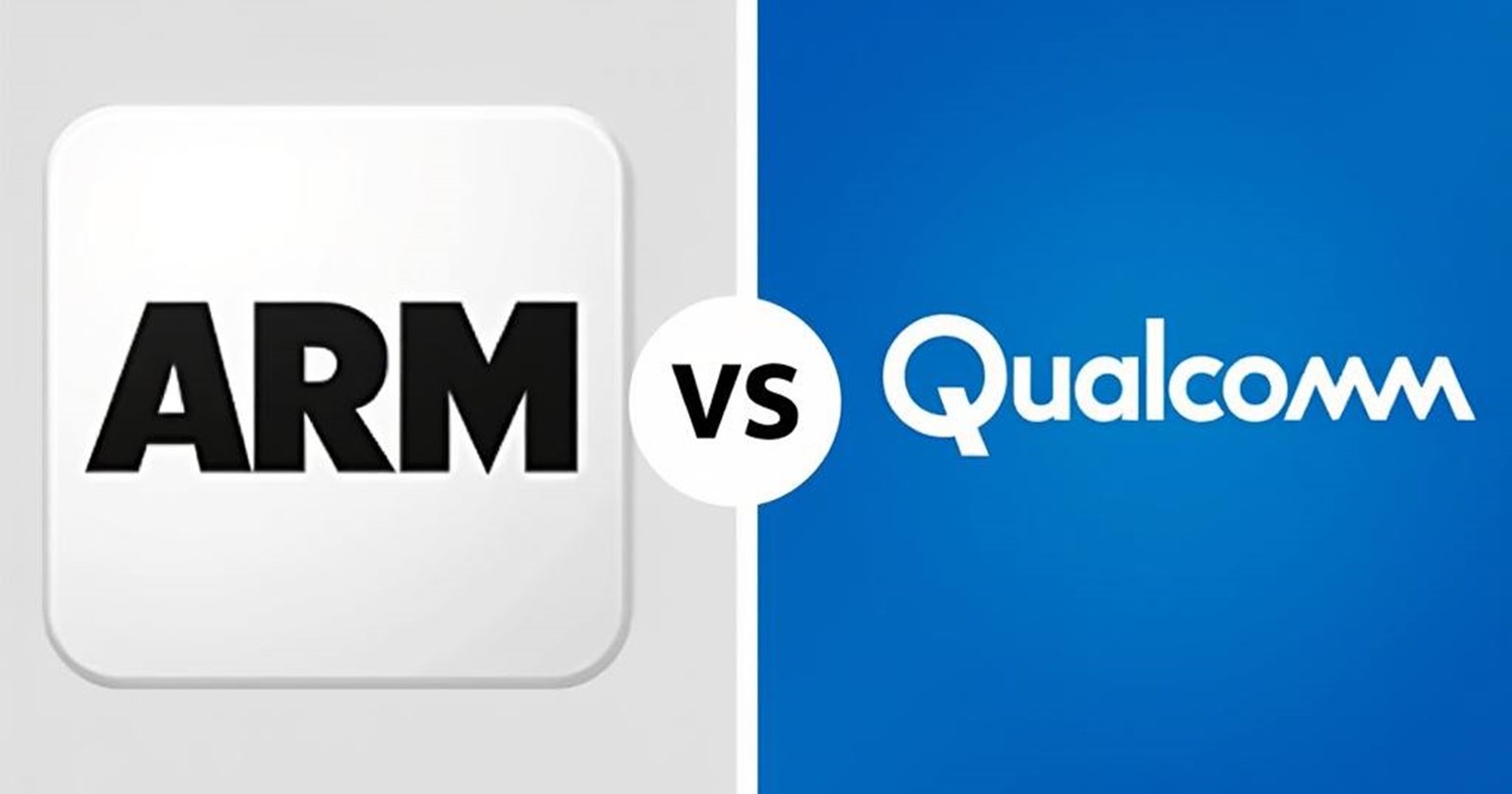Remember the recent content management system kerfuffle? The one where WordPress and WP Engine, once seemingly inseparable, ended up in a legal tussle? Well, the tech industry is witnessing a similar, albeit much bigger, drama between chip giants Arm and Qualcomm.
These two are practically chip-making besties. Arm, known for its efficient processor designs, licensed its technology to Qualcomm, a leader in mobile processors. It was a win-win: Qualcomm built powerful Snapdragon chips based on Arm’s blueprints, and Arm got a steady stream of royalties. But as with many a tech bromance, things got complicated.
The turning point came in 2021 when Qualcomm acquired Nuvia, a startup designing custom processor cores based on Arm’s architecture. This seemingly innocuous move sparked a legal firestorm. Arm claimed Qualcomm didn’t have permission to use Nuvia’s tech with their existing license, while Qualcomm argued they weren’t bound by additional restrictions. This shift, however, introduced competition to their relationship, sparking a licensing dispute that has since escalated dramatically.
Qualcomm’s unauthorized use of Nuvia technology has pushed Arm to cancel a critical license. This decision, set to take effect in 60 days, could halt Qualcomm’s ability to release chips that deviate from Arm’s standard core designs, affecting Qualcomm’s expansion into PCs, data centers, and automotive markets. The dispute has also raised concerns among Arm’s other partners, as Arm’s tactics could foreshadow more aggressive royalty and licensing demands, potentially unsettling the market.
Interestingly, on its official FAQ page updated in June 2024, Qualcomm says its Snapdragon chipsets are not ARM processors. Here’s what the FAQ says:
Q: Is Snapdragon an ARM processor?
A: No. Snapdragon processors are custom designed by Qualcomm Technologies, Inc., use a reduced instruction set computer (RISC) architecture, and are capable of running ARM-based applications and programs.
Adding complexity to the situation, Qualcomm itself may soon seek an Intel product division acquisition after the upcoming U.S. election, TrendForce reported earlier this month. If pursued, this acquisition could provide Qualcomm with a new base of operations and an opportunity to reduce its reliance on Arm technology further. The timing of this move is particularly notable as Arm has already faced setbacks in its own attempt to diversify. Arm recently sought to acquire an Intel product division but was reportedly blocked, an outcome that could increase its reliance on royalties from clients like Qualcomm. The intensity of the Arm-Qualcomm battle likely reflects Arm’s heightened need to secure its financial base, especially following its IPO.
Amid this dispute, MediaTek, a Taiwan-based chipmaker, could be the unexpected beneficiary. Already competing with Qualcomm in mobile and automotive sectors, MediaTek’s profile and market share may grow if Qualcomm’s relationship with Arm deteriorates further. This could also drive device manufacturers towards MediaTek, diversifying the chip supply chain while giving MediaTek a potential market advantage.
So, where does this all leave us? Buckle up, because the plot thickens:
- Qualcomm is in hot water: Losing access to Arm’s designs could be a crippling blow. They’ll need to either settle with Arm or find alternative solutions – neither of which are ideal.
- Consumers might feel the pinch: A slowdown in Qualcomm’s chip production could affect smartphone availability and potentially lead to price hikes. Remember the Great Graphics Card Shortage of 2020 and 2021? This situation has the potential to be similar.
- The future of Arm’s licensing model is uncertain: This fight raises questions about how Arm will balance its reliance on a few big customers like Qualcomm with a desire for increased revenue.
The legal battle is ongoing, with no clear resolution in sight. However, it’s clear that the once-cozy relationship between Arm and Qualcomm has become a cautionary tale for the tech industry, highlighting the potential pitfalls of seemingly minor business decisions.
The Nuvia acquisition was the tipping point. Arm saw it as Qualcomm trying to become less dependent on them, while Qualcomm argued they were simply innovating. But let’s face it, money is often at the root of many a business dispute. Arm likely wants a bigger cut from Qualcomm’s success, which explains the aggressive legal tactics, including the recent license revocation.
The stakes in this Arm vs. Qualcomm fight are high. Here’s a potential roadmap for how things might unfold:
- Settlement: This is the most likely scenario. Both sides will likely reach a new agreement on licensing terms, potentially with Arm getting a higher royalty cut.
- Protracted legal battle: This scenario drags on for months, hurts both companies, and disrupts the chip industry as a whole. Not ideal for anyone.
- Qualcomm goes rogue: This is the least likely scenario, but it can’t be entirely ruled out. Qualcomm might attempt to develop its own processor architecture, a move that would be incredibly risky and take years to bear fruit.
Consumers should keep an eye on developments. If Qualcomm struggles to navigate this legal quagmire, it could lead to higher smartphone prices or even device shortages. For now, let’s just hope these two chip giants can mend fences before things get any uglier. The future of the tech industry, and ultimately, the gadgets in our pockets, might depend on it.
TechIssuesToday primarily focuses on publishing 'breaking' or 'exclusive' tech news. This means, we are usually the first news website on the whole Internet to highlight the topics we cover daily. So far, our stories have been picked up by many mainstream technology publications like The Verge, Macrumors, Forbes, etc. To know more, head here.


